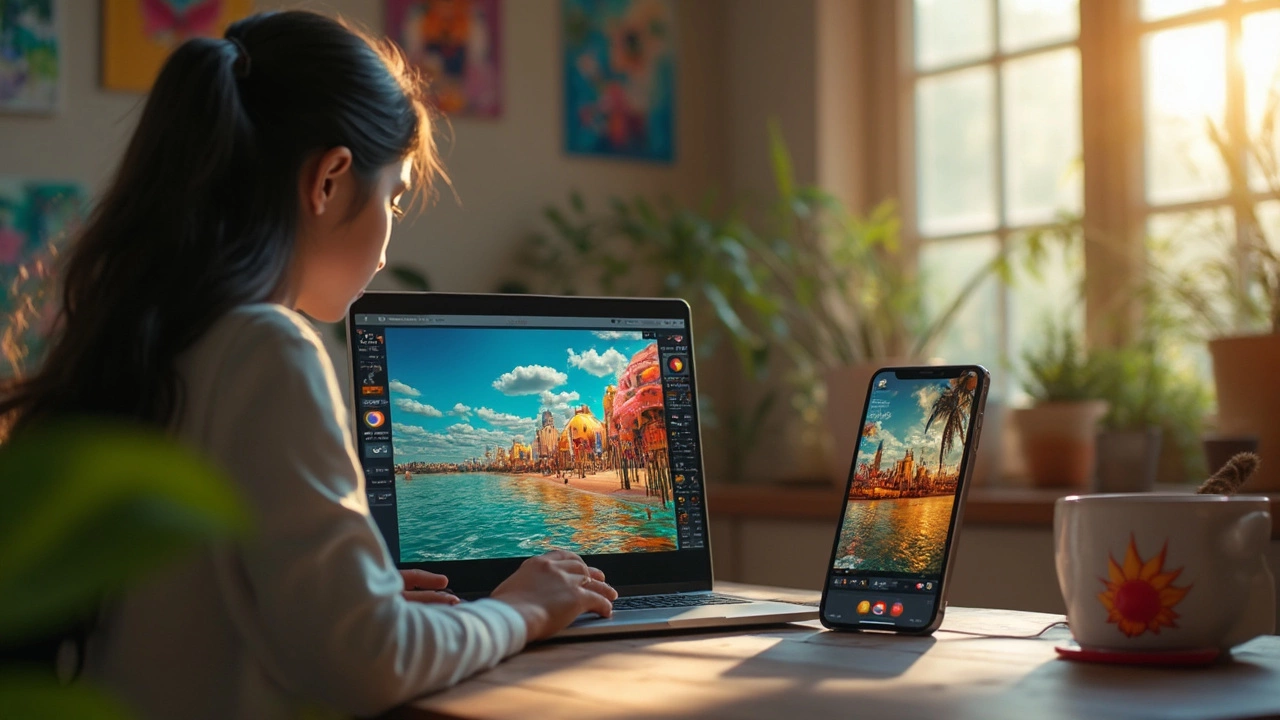Image Editor Guide: Free Tools, Photoshop Alternatives & Tips
If you’re looking to improve your photos without spending a lot, you’ve landed in the right place. This guide breaks down the easiest free image editors, the most popular Photoshop alternatives, and a few tricks that work on any platform.
Free Image Editors Worth Trying
First up, let’s talk about truly free editors. GIMP is a desktop program that feels a lot like Photoshop. It’s open‑source, works on Windows, macOS, and Linux, and gives you layers, masks, and filters without a price tag. If you prefer something that runs in a browser, Photopea is a solid choice. It opens PSD files directly, so you can edit work from Photoshop without installing anything.
Mobile users have plenty of options too. Snapseed (available on Android and iOS) offers a clean interface and powerful tools like selective adjust and healing. Adobe Photoshop Express is free for basic edits and includes one‑tap filters, crop, and text overlay. Both apps let you share straight to social media, saving you an extra step.
One common pain point with free tools is hidden watermarks. The editors listed above keep your images clean, but always double‑check the export settings. Turn off any ‘add watermark’ toggle before saving.
Photoshop Alternatives for 2025
Not ready to leave the Photoshop world entirely? Several newer apps are giving it a run for its money. Affinity Photo is a one‑time purchase that feels very similar to Photoshop, with robust RAW support and non‑destructive editing. It’s cheaper in the long run because there’s no subscription.
If you need a collaborative online workspace, try Canva Pro. While it’s known for design, its photo editing tools have grown fast—background remover, color grading, and easy templates. For creative professionals who love a vector‑focused workflow, CorelDRAW Graphics Suite now includes a full‑featured photo editor that integrates smoothly with its illustration tools.
When you pick an alternative, ask yourself: Do you need advanced color‑grading, layer effects, or simple touch‑ups? Matching the tool to your needs keeps the learning curve short and the results sharp.
Quick tip: No matter which editor you choose, start every edit by cropping to the right aspect ratio. It saves time later and ensures the final image fits wherever you plan to post it.
In short, you don’t have to be a pro or spend a fortune to get great edits. Play around with the free options, test a Photoshop alternative if you need deeper features, and you’ll find a workflow that fits your style and budget. Happy editing!
